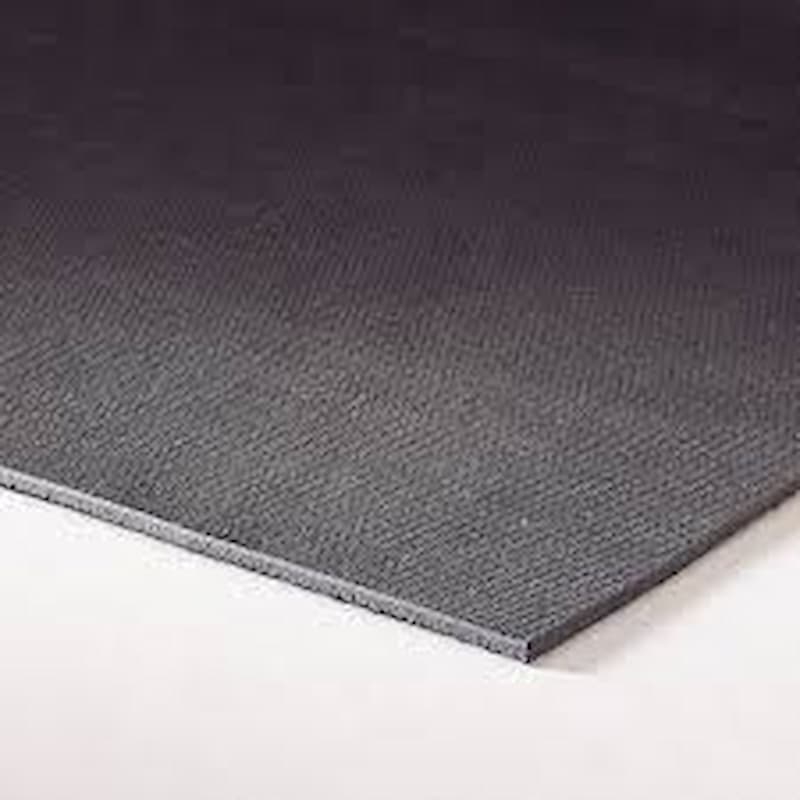Soundproofing is no longer reserved solely for luxury, and performance vehicles and has moved into the mainstream, with everyday hatches, sedans and utes much quieter than the models they’ve replaced a few years back. Manufacturers are taking noise, vibration and harshness seriously, with more drivers now choosing comfort and convenience over outright performance.
And with soundproofing materials now widely available, getting a quiet cabin free from irritating wind, tyre, engine, and exhaust noise is easier than it seems, even in older vehicles. Noises and vibrations can be unsettling, but beyond comfort, they’re a distraction that can lead to accidents or accelerate parts wear.
To deal with unwanted noises, soundproofing materials, including butyl-based noise absorption sheets and a loaded vinyl barrier, are installed in firewalls, floors and other vehicle areas prone to vibrations and resonance. The aim is to deaden sound at the source and prevent sounds from spreading to other car parts. Butyl mats are readily installed in newer cars and will be enough for most drivers. For stubborn sounds, though, mass-loaded vinyl adds mass to affected areas and reduces vibrations and sound waves reaching other car parts.
Contents
What is Mass Load Vinyl?

Mass-loaded vinyl (MLV) is a dense soundproofing material made of vinyl infused with a mass element like calcium carbonate or barium sulphate. With thicknesses as low as 2mm, the material is an additional layer of soundproofing added to butyl mats. It can also be used on its own in areas with limited space and where mats and acoustic foams are just too thick. Luxury and performance vehicles have been using mass-loaded vinyl for years, but with lower prices and wider availability, it’s the go-to choice for anyone wanting lower decibels and a quieter ride.
How and Where It’s Used
By adding mass to vibrating surfaces, MLV reduces resonance and the spread of sound waves to other vehicle areas. The increased mass absorbs and dampens sound, effectively localising and blanketing it at its source, and converting sound into heat. The material is flexible and able to work in contoured and difficult design elements. Variants used in cars have a woven textile backing that can easily be lined with adhesive for improved contact, though the material can be used as is, and later removed if needed.
Vehicle areas lined with a loaded vinyl barrier are the floor pans, wheel arches, doors, roofs, firewalls, the boot and under the back seats. Floors are the main source of road noise, with engine noise reaching the cabin through the firewalls. Both are easily drowned with MLV. Additional layers in boots, wheel arches and seats deal with tyre and suspension noise. Doors, too, can be lined with the material to reduce wind and other airborne sounds coming through from windows, with the additional benefit of reduced rattling and clunking sounds from loose trim parts.
Benefits of Mass Loaded Vinyl
Mass-loaded vinyl is an effective sound deadener in numerous industries, besides the automotive sector. It’s widely seen in residential walls, ceilings, floors and home theatre rooms, as well as offices, conference rooms, production plants, recording studios and more. The material is chosen over other soundproofing products due to its long list of benefits:
- Effective sound deadening – with high density and mass, MLV prevents sound wave transmission, stifles airborne noises such as wind and tyre noise and drastically reduces resonating engine and vehicle sounds. While 2mm layers are all that’s needed, choosing multiple or thicker layers improves overall effectiveness.
- Vibration dampening – mass-loaded vinyl soundproofing additionally adds mass to vibrating car parts, meaning a quieter, rattle-free ride.
- Durability – the material is long-lasting, won’t decompose or rot (unlike older soundproofing materials) and is resistant to common vehicle chemicals (oil, water, hydraulic fluids, coolant).
- Thermal insulation – besides droning out sounds, MLV is a great heat deterrent. Installed correctly, the material can contain radiating heat from hot engine and transmission parts at the source, keeping temperatures inside cool and comfy.
- Flexibility and easy installation – pliable and flexible, vinyl soundproofing barriers can conform to various contours and surfaces in any vehicle. The material is sold in pre-cut sheets in varying sizes, is simple to cut and shape with basic tools, and with adhesive backing layers, easily sticks to vehicle metals and plastics, and butyl mats used underneath.
Compatibility with Other Soundproofing Materials
To ensure optimal soundproofing like that found in high-end cars, mass-loaded vinyl is combined with other materials. Butyl mats are the first layer of defense against protruding sound waves. This material has a reinforced aluminium backing for improved waterproofing, and like MLV is easily shaped to suit different vehicle contours.
Adding adhesive ensures that this and the MLV layer work more effectively as a permanent soundproofing solution. For areas with more space, also consider installing thicker closed-cell acoustic foams on top of the mass-loaded layer. These are particularly useful in larger vehicles, like utes and vans.












